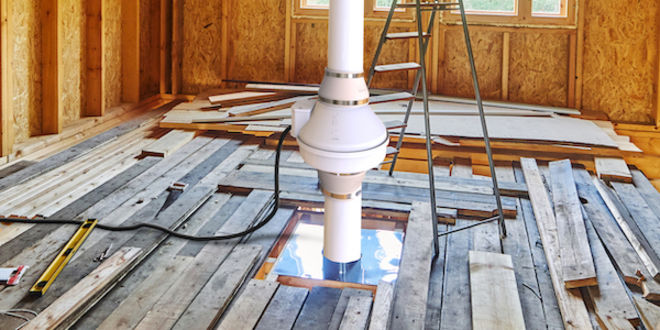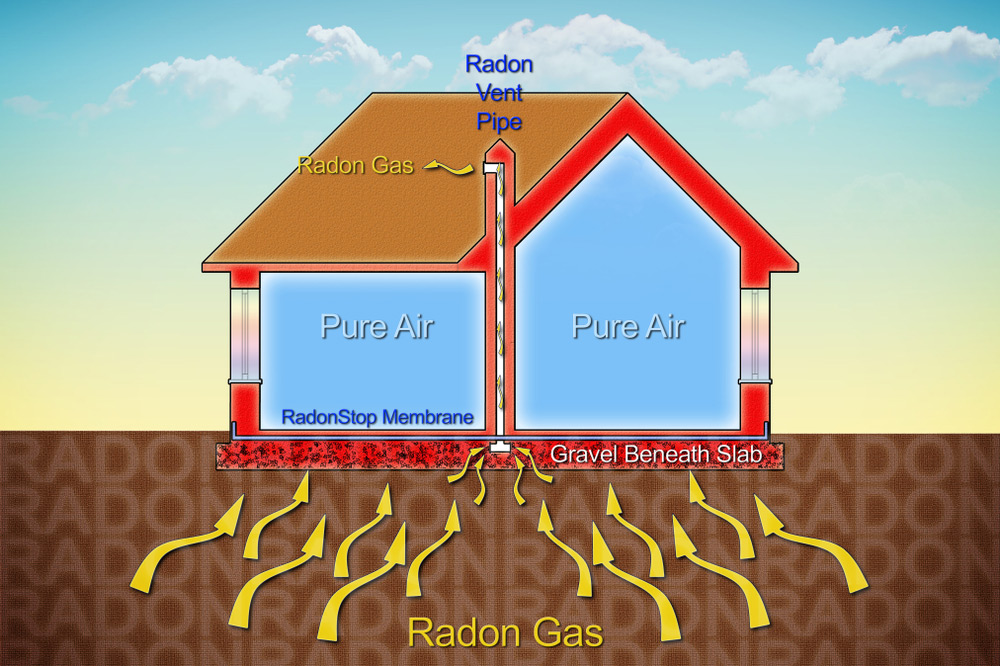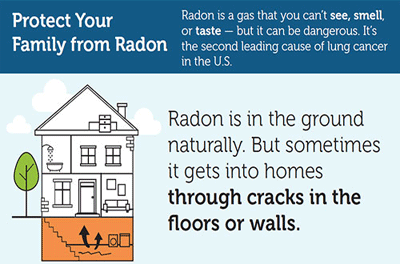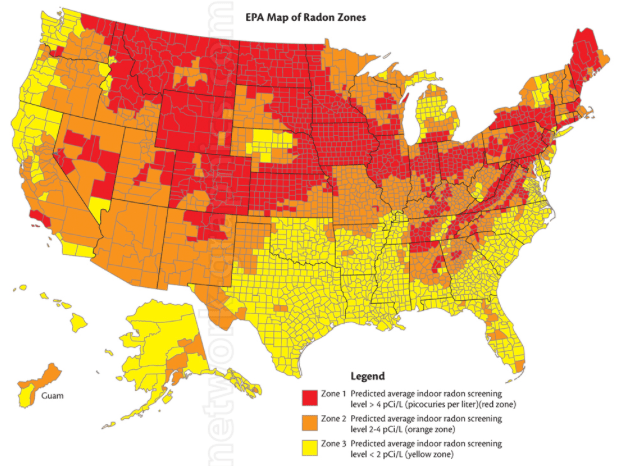Radon Detection: What Homeowners Need to Know
Very few homeowners know what radon is and what radon detection entails. It can become a huge problem if it is not detected and treated as soon as possible. Radon is a colorless radioactive gas and it is produced by decaying uranium.
The problem with radon is that it does not give off any odor which means that it is tricky to detect its presence in your home. The only way to know if your home has high levels of radon is by conducting a radon test. Radon testing is the best way to identify radon and reducing the levels in your home.
Why is radon gas a problem?
How does radon get inside the house?
How do you test a home for radon?
A radon test is most effective and most accurate when it is done in an area that is regularly used for 8-10 hours a day. You can do three different types of tests:
- Long term: Long term radon tests measure radon levels from 90 days to a year. Most make use of alpha particle tracking which gives a more accurate indication of the year’s average levels. The levels of radon in your home can vary from day to day and month to month. It is sensitive to changes in air pressure, wind, soil moisture, and snow cover which traps radon gasses. State radon agencies and online retail shops stock long-term radon testing kits.
- Short-term: Short term radon tests are useful to see whether further testing is needed. Most short term tests use activated charcoal or an electret ion methodology. This test measures radon for 2 to 7 days and the results are mailed to a lab. These tests are available at home centers and hardware stores.
- Continuous: Continuous tests can be used at any time and it works well for short and long term radon testing. It consists of a digital meter that is plugged into a standard outlet and the reading gives you a running average every day.
How do you lower the levels of radon in your house?
Once you have determined the levels of radon in your house, there are a few things that you can do to reduce it. Start by doing small and easy repairs around the house. Anywhere you see gaps or holes or cracks can be an entry point for radon gas. Caulk foundations and construction joints should be treated with polyurethane caulk. If you have a sump pump, ensure that the cover you have is airtight (but that you are still able to access the sump). Cover soil in crawl spaces with polyurethane plastic sheeting consisting of a minimum thickness of 6mm. Ensure that this is tightly attached to the wall. You can try sealing concrete but this has proven to be more of a temporary solution.
If your levels are low, these might not make a huge difference but it will help if you have high levels of radon gas in your home. You can also consider using a radon mitigation system if you are concerned but it can cost you a few thousand dollars, depending on the severity of the situation. Radon mitigation involves ventilating the home by using PVC piping to draw the gas from the soil and out of your house.
If your home has radon poisoning you must act immediately but it is equally important that you remain calm. The risks of radon poisoning occur over a long time and are cumulative. This is why regular testing has to occur and action is taken.
Home Pro Partners
Skilled laborers... publish a Home Pro Partner profile and invite trusted referral partners to your company profile.
Reach new customers with Home Pro Partners, no lead fees, no gimmicks, no hassle.





